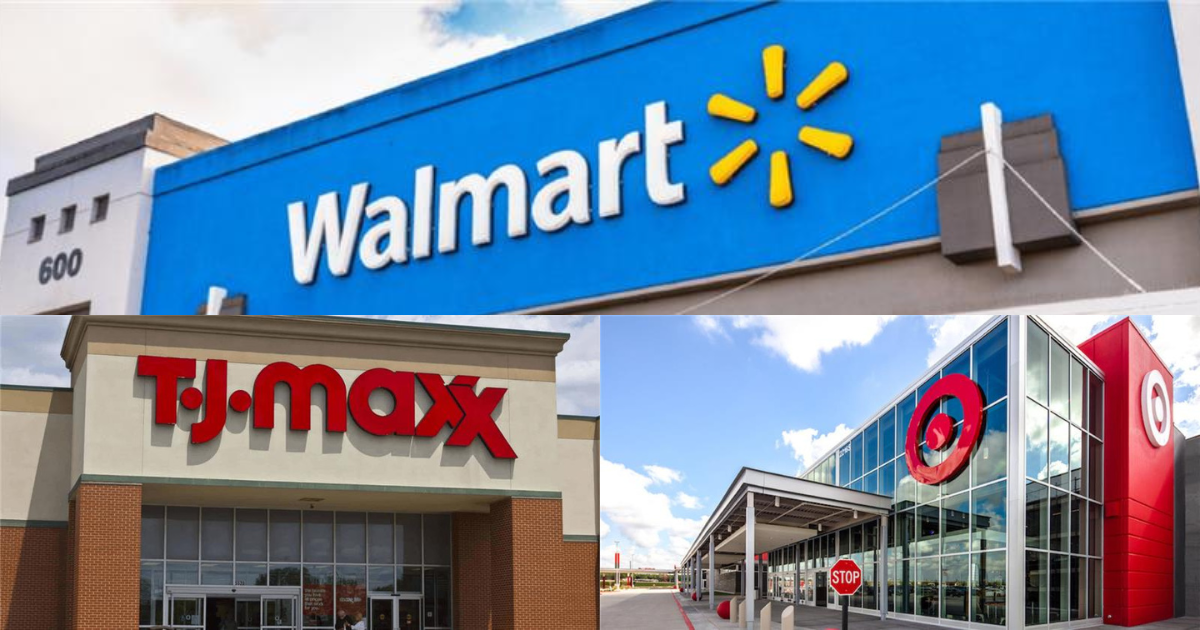Retailers Seek Balance Between ‘Value’ and Rising Costs

As retailers release earnings there is a delicate balance being struck between “value” for consumers and offsetting tariff-related costs.
Walmart, Target, TJX Companies and Ross Stores all struck a cautious tone last week amid tighter consumer spending while trying to limit price increases. Walmart alone is expected to incur $750 million in “cost pressure” this year and is trying to offset it by increasing revenue from its advertising, marketplace, ecommerce and membership programs, President & CEO Doug McMillon, said.
While the prospect of higher tariffs and “multiple changes” in them have created “major financial and operational hurdles” Target has made “significant progress” in offsetting their impact by using “value” to “limit impact on pricing,” CEO Brian Cornell said. The majority of Target’s Q2 tariff-related costs were onetime expenses tied to cancelling orders, EVP and CFO Jim Lee said.
For its part, TJX Companies (Homesense, Homegood, Marshalls, T.J. Maxx, Sierra Trading Post, and others) will offset the “incremental tariff pressure” this year partly through its acquiring close out inventory from other retailers. Retailers, however, are expected to keep a tight rein on inventory which will limit overstock products. Tariffs will remain at “the current level” for the balance of the year, TJX Companies CFO John Klinger said. With Cornell noting, retailers will “move beyond this period of uncertainty” in 2026.
“Retailers seem to be not moving the price directly with the first landing of the tariff, and it’s going up at steps,” TJX Companies CEO Ernie Herrman said. “You are going to see more of a little bit of a gradual increase in pricing as the tariffs come in. You won’t see this step [in pricing] suddenly because we don’t want to turn off customers with a dramatic price shift. Retailers will absorb the cost for a little bit but eventually they will get [to higher prices]. But that may vary by retailer.”
Retailers, meanwhile, also are sharpening focus on providing “value” for products while also trying to limit tariff costs. Walmart, for example, rolled back the prices on 7,400 items in Q2, up from 5,400 in the previous quarter, 30% of which were food items, company executives said. But post tariffs costs are increasing each week, Walmart EVP and CFO John David Rainey said. Walmart’s top-selling back-to-school items carried a lower price than they did a year ago and some were sold in a package for less than $65, Rainey continued. Overall, McMillin states Walmart plans to “keep prices as low as we can for as long as we can.” But among discretionary products where prices have increased unit sales have seen a “corresponding moderation,” Rainey adds.
Target, meanwhile, is maintaining its Bullseye Playground in stores, which is home to products priced at $1, $3, and $5 among other value-focused purchase options, such as beauty travel items like water hydrating facial cleanser and mini matte bronzer.
“We’re continuing to negotiate with our partners to ensure that we’re offering everyday good value to the consumer,” Target’s Incoming CEO and Chief Operating Officer, Michael Fiddelke said. “Our position is that we’ll take price as a last resort. But our commitment is to offer fair value every day and to have competitive pricing. As we think about going forward, value is very top of mind for consumers right now. They’re looking to stretch their budget. They’re looking to navigate inflation and uncertainty around tariffs. It’s why we’re focused on providing value inclusive of price.”
Yet despite the rising costs, retailers are somewhat optimistic.
Walmart executives noted, Walmart expects a “good holiday season” and raised its sales forecast for the year to a 3.75-4.75% increase. Walmart’s sales increased 5.6% ($177.4 billion) in Q2 on a 3.8% increase in same-store sales, driven partly by an ecommerce business that posted a 25.6% gain in revenue. Sales at affiliate Sam’s Club were up 5.9% on a 4.6% same-store sales gain.
Ross’ Q2 sales increased 5% ($5.3 billion) on a 2% increase in same-store sales. It forecasts a 2-3% increase in same-store sales in Q3. At TJX same-store revenue increased 4% in Q2 as total revenue jumped 7% ($14.4 billion). Target, meanwhile, reported a 0.9% decline ($25.2 billion) in Q2 net sales on a 1.9% decrease in same-stores. It is forecasting a “low-single digit” decline in same-store sales for the year, company officials said.
“While our Q2 performance reinforced our confidence that we can deliver on that guidance, we’re still facing a highly volatile and uncertain environment and believe it’s prudent to maintain a cautious approach for the back half of the year,” Fiddelke said.




